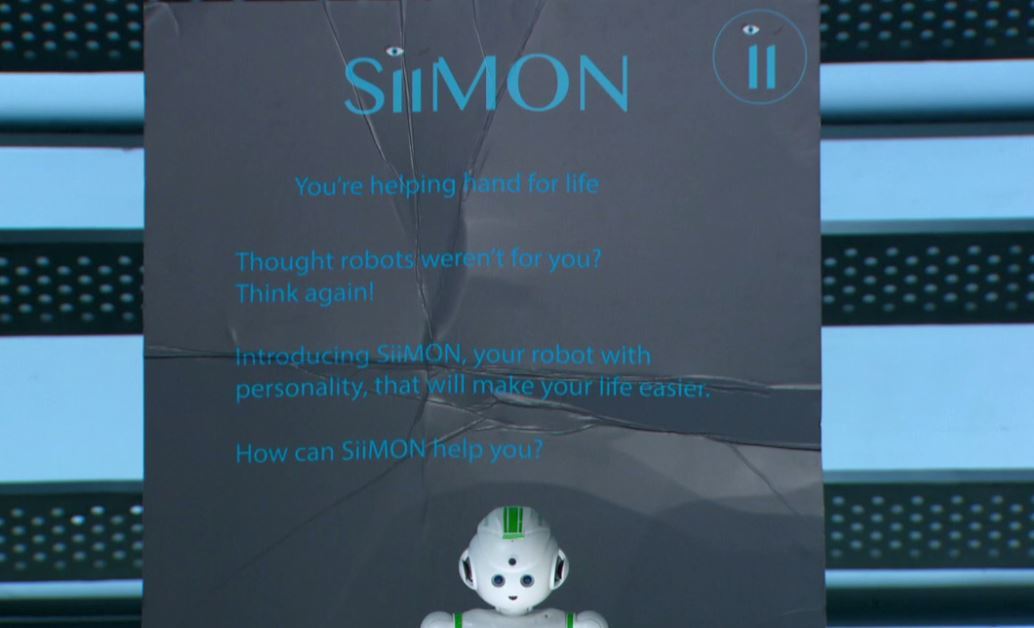
I FOUND myself watching The Apprentice on BBC1 last week.
The show gives budding entrepreneurs an opportunity to win a £250,000 investment from Lord Alan Sugar.
On Wednesday past, the task was to market a robot that (it was claimed) helped around the house by dispensing reminders, advice and information. This gizmo seemed a bit pointless to me, but the most annoying bit came next.
One team created a poster extolling the robot’s virtues, which carried the legend: “You’re helping hand in life”.
They meant “your” but wrote “you’re”.
I am absolutely astonished that this sort of basic mistake is made so often.
How could anyone think the contraction of “you are” was suitable for that sentence?
Don’t they teach spelling in schools any more? Do they mention grammar? Is punctuation allowed in the building?
This group of young go-getters are supposed to be intelligent, the cream of British entreprenurial talent.
But when I was at school, confusing “you’re” for “your” wouldn’t have been done past Primary 4.
The worst of it is that this level of English usage seems to be endemic among young people. To, too and two appear to be freely interchangeable. The meanings of their, there and they’re are a mystery to some.
I’d be paralysed with embarrassment if it was shown on TV that I wasn’t able to differentiate between your and you’re.

Enjoy the convenience of having The Sunday Post delivered as a digital ePaper straight to your smartphone, tablet or computer.
Subscribe for only £5.49 a month and enjoy all the benefits of the printed paper as a digital replica.
Subscribe